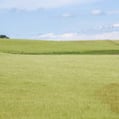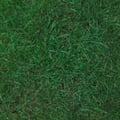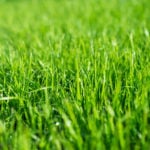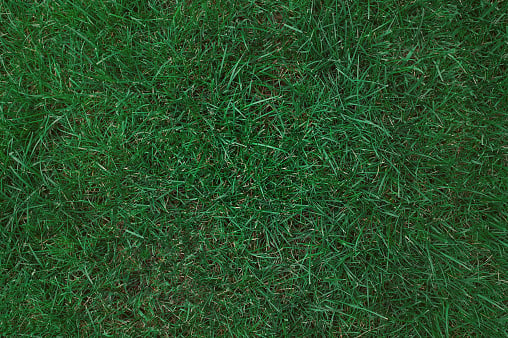If you’re looking to set up a healthy and beautiful loan in your home in Michigan, you need to know the different types of grass that are available, and how you can care for your lawn. Whichever grass you choose, it’s important to keep your lawn neat to give your home a touch of class and tranquility. Your search for the best grass type will yield many results, but we want to make things easier for you.
Here are the different types of grass available in Michigan:
Perennial Ryegrass
This grass species posts the fastest germination rate among other types of grass. Both types of ryegrass — perennial and Italian — work well as lawns. Ryegrass grows best in cool climates but not too cold since it is temperature-sensitive. It is wider than other northern grass species, with a signature white tinge on a dominant green background. It needs minimal hydration compared to other types of lawn grass.
 Ryegrass works best when incorporated with other species of lawn grass since it improves turf qualities, and extreme temperature resistance, and makes the lawn easy to mow. The grass germinates better and increases the soil coverage.
Ryegrass works best when incorporated with other species of lawn grass since it improves turf qualities, and extreme temperature resistance, and makes the lawn easy to mow. The grass germinates better and increases the soil coverage.
Kentucky Blue Grass
This is the most popular type of lawn grass in Michigan. It features thick blades and a signature deep green hue with a slight blue touch. It spreads thick and soft on the ground, giving a soothing feel when you step on it barefoot. It is ideal for all family outdoor events, including letting your kids play on the lawn with their friends. Kentucky Blue Grass is durable, with incredible root penetration, and suitable as seed or sod.
 It thrives in well-drained soils under moderate to bright sunlight and requires at least 4 fertilizer applications per season. You’ll need to irrigate your Kentucky Blue Grass lawn often during dry weather and mow it to two or two and a half inches in height.
It thrives in well-drained soils under moderate to bright sunlight and requires at least 4 fertilizer applications per season. You’ll need to irrigate your Kentucky Blue Grass lawn often during dry weather and mow it to two or two and a half inches in height.
Fine Fescue
Fine Fescue thrives in areas where Blue Grass doesn’t. Featuring a signature soft feel, it grows where the Blue Grass counterpart can’t. This grass can also thrive under minimal moisture conditions.
 Fine Fescue grass spots a subtle green color, giving your lawn look soft and velvety appearance. Not to seed Fine Fescue in pure stands is recommended because it may clump together and ruin your lawn’s turf quality. You can mix it with Blue Grass to give you a low-maintenance, shaded lawn.
Fine Fescue grass spots a subtle green color, giving your lawn look soft and velvety appearance. Not to seed Fine Fescue in pure stands is recommended because it may clump together and ruin your lawn’s turf quality. You can mix it with Blue Grass to give you a low-maintenance, shaded lawn.
Tall Fescue
Like Fine Fescue, Tall Fescue is also a low-maintenance lawn grass variety. It features high insect and disease-resistant qualities. This grass thrives in well-drained soils and has high drought tolerance. Requiring very little maintenance to grow, Tall Fescue should be your best choice if water conservation is a major concern.
To take care of it, you’ll need to be seeded purely and not mixed with other types of grass. You’ll need to water your lawn, but you won’t need much water since it’s drought-resistant.
How to choose the best kind of grass:
The type of grass for your lawn will depend on the following factors:
- Climate: Encompasses everything from temperature, average local rainfall, humidity, and sunshine.
- Soil water retention capacity
- Future activities on the lawn: Some grass varieties cannot tolerate vigorous activity.
Proper lawn maintenance can increase your property’s resale value, and give you the confidence to host visitors and take pictures on it. A poorly kept lawn is not only unsightly, but it’s also dangerous since it can harbor pests, and put you in trouble with your local homeowners’ association.
To ensure that your lawn stays neat and fresh all year round, choose Lush Lawn’s lawn care service to take the stress out of lawn care. Our fall aeration service and overseeding will keep your lawn thriving. Contact us today for more information on the best grass types for your lawn.
